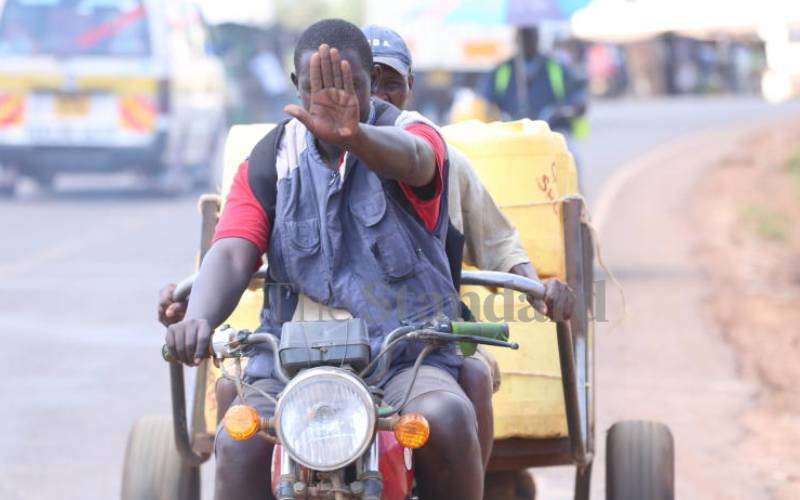By PASCAL MWANDAMBO
While a lot of effort has been put into growing the country’s tourism and wildlife sectors to boost foreign exchange earnings, Kenya’s biodiversity potential has remained largely untapped.
The country could be making billions from its biodiversity, but due to a lack of regulatory mechanisms, the economic value of its rare species is being reaped by other countries.
Pharmaceutical firm
For instance, the extremophile microbe, which is found only in Lake Bogoria, produces an enzyme that is used in drugs produced by American consumer goods manufacturer Procter and Gamble, and is estimated to generate about $38 billion (Sh3 trillion) annually for the company.
The same enzyme is used in American textile factories to give jeans popular “stonewash” shades, with estimates showing that it generates well over $3 billion (Sh240 billion) annually for the industry.
The country does not get a share of this money.
“There is need for the enactment and adoption of strict patent laws to protect and jealously guard these biodiversity resources so that they can be exploited locally to generate foreign exchange for Kenya,” says researcher and consultant Donald Mombo.
He adds that these laws should, among other things, ensure that the source countries of core genetic materials are fully acknowledged and compensated to boost their economies.
It is estimated that the biodiversity potential of Africa is about $400 billion (Sh32 trillion).
The Coast region is perhaps the most endowed in Kenya in terms of rare species, especially the Arabuko Sokoke Forest in Kilifi County and the Taita Taveta natural forests.
critically endangered
The Taita forests hold three rare butterflies, three critically endangered bird species, a reptile and a nematode.
The wild banana, isengerughu, found in Ngangao Forest in Taita, is an ancestor of the modern banana and a rare plant.
According to a report prepared by Kenya Forest Service Assistant Director James Mwang’ombe titled Major population crash of the critically endangered Taita apalis, the bird is on the verge of extinction, with a population of 60-130.
Mwang’ombe has also been undertaking research on another rare creature, the Sagalla ceacilian, discovered in 2005 and that has so far been found only in Sagalla Forest, Taita.
The Sagalla ceacilian is a critically endangered creature that resembles an earthworm and is limbless, tailless, has blood and bones, hidden eyes and is about 30cm long.
Sagalla Forest is also home to the rare hardwood mwingo, whose potential is yet to be fully realised.
“The Taita Taveta County government should come up with a conservation programme that will not only ensure that the rare plants and animal in the county are protected from piracy but also see to it that they generate income,” says John Mlamba, Taita Taveta Wildlife Forum Executive Coordinator.
 The Standard Group Plc is a multi-media organization with investments in media
platforms spanning newspaper print operations, television, radio broadcasting,
digital and online services. The Standard Group is recognized as a leading
multi-media house in Kenya with a key influence in matters of national and
international interest.
The Standard Group Plc is a multi-media organization with investments in media
platforms spanning newspaper print operations, television, radio broadcasting,
digital and online services. The Standard Group is recognized as a leading
multi-media house in Kenya with a key influence in matters of national and
international interest.
 The Standard Group Plc is a multi-media organization with investments in media
platforms spanning newspaper print operations, television, radio broadcasting,
digital and online services. The Standard Group is recognized as a leading
multi-media house in Kenya with a key influence in matters of national and
international interest.
The Standard Group Plc is a multi-media organization with investments in media
platforms spanning newspaper print operations, television, radio broadcasting,
digital and online services. The Standard Group is recognized as a leading
multi-media house in Kenya with a key influence in matters of national and
international interest.









